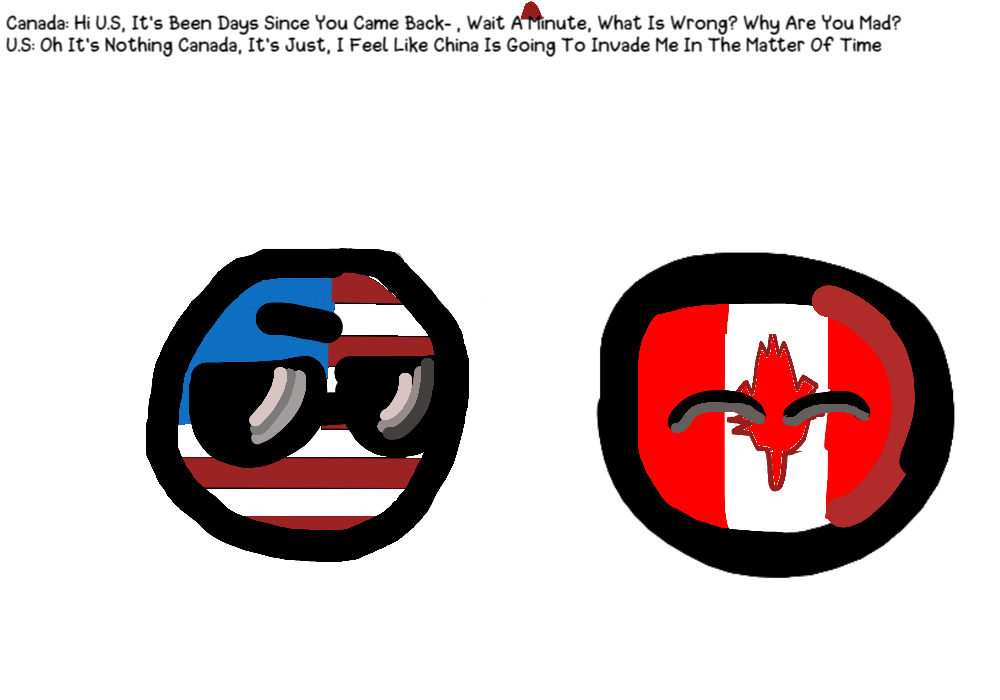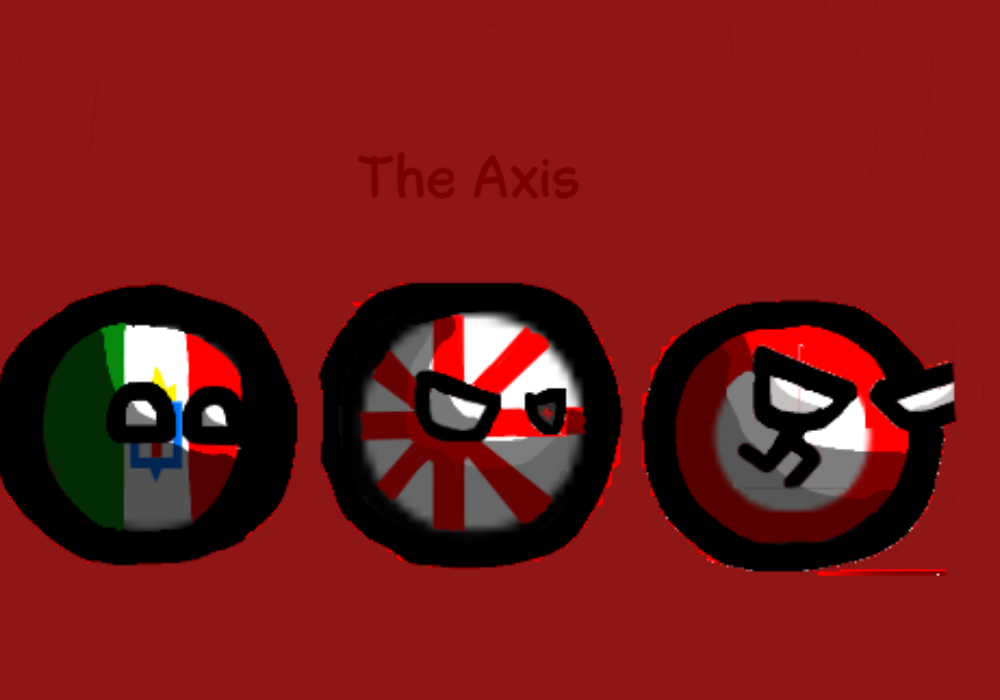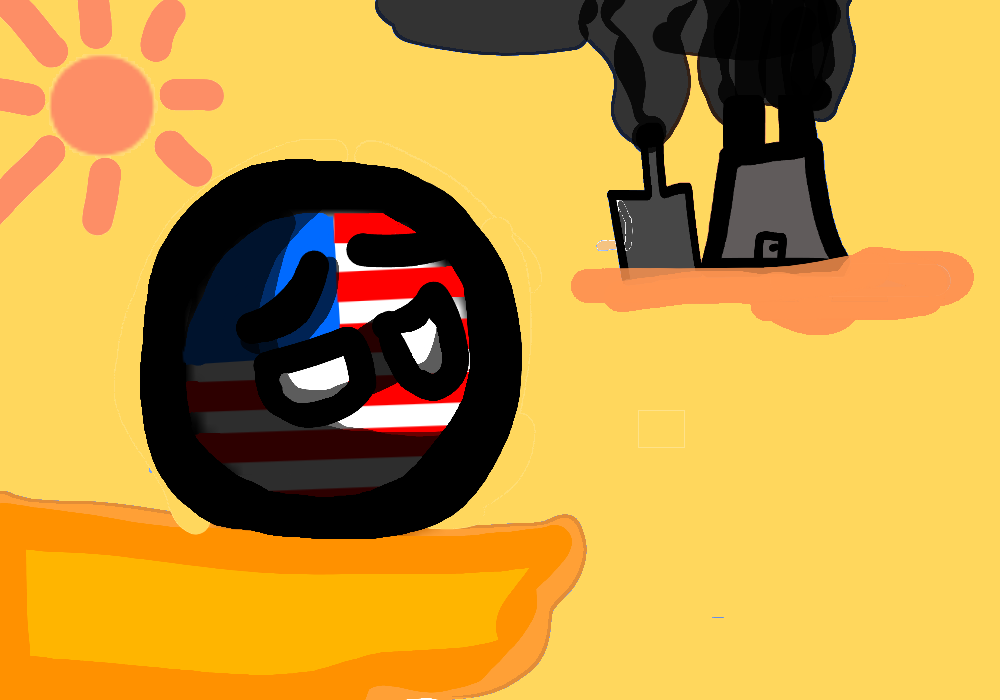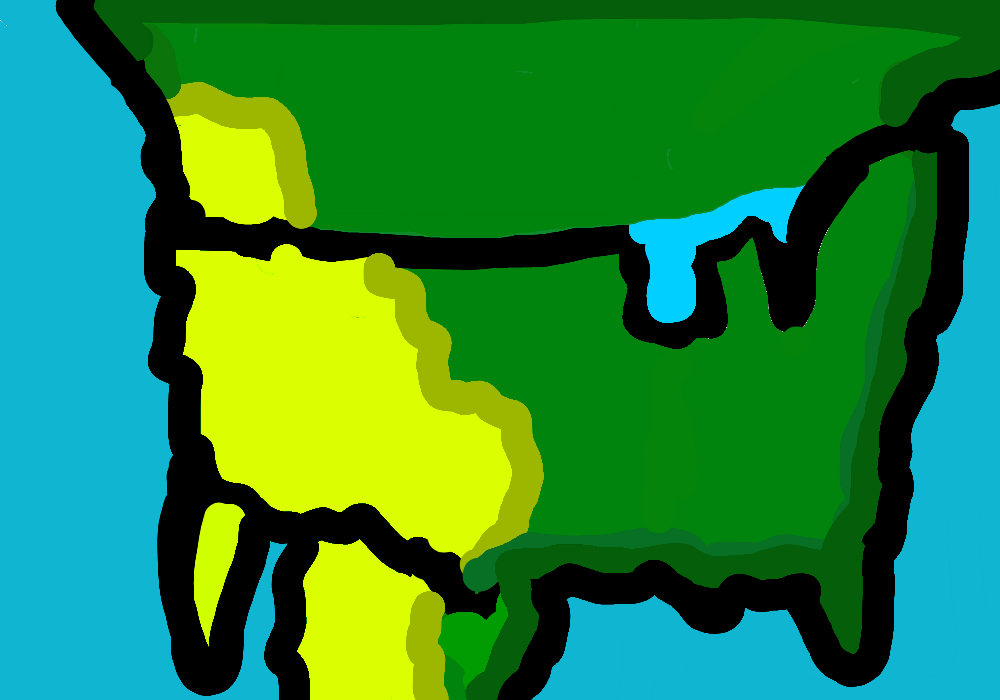
@Justin14
52 followers
161 following
The Flag Of Tuvalu
From Wikipedia, the free encyclopedia
Part of a series on the
Culture of Tuvalu
History
People
Languages
Cuisine
Religion
Art
Music
Media
Sport
Symbols
flag Tuvalu portal
vte
The first inhabitants of Tuvalu were Polynesians, so the origins of the people of Tuvalu can be traced to the spread of humans out of Southeast Asia, from Taiwan, via Melanesia and across the Pacific islands of Polynesia.
Various names were given to individual islands by the captains and chartmakers on visiting European ships. In 1819 the island of Funafuti, was named Ellice's Island; the name Ellice was applied to all nine islands, after the work of English hydrographer Alexander George Findlay.[1]
The United States claimed Funafuti, Nukufetau, Nukulaelae and Niulakita under the Guano Islands Act of 1856. This claim was renounced under the 1983 treaty of friendship between Tuvalu and the United States.[2]
The Ellice Islands came under Great Britain's sphere of influence in the late 19th century as the result of a treaty between Great Britain and Germany relating to the demarcation of the spheres of influence in the Pacific Ocean.[3] Each of the Ellice Islands was declared a British Protectorate by Captain Herbert Gibson of HMS Curacoa, between 9 and 16 October 1892.[4] The Ellice Islands were administered as part of the British Western Pacific Territories (BWPT) as British protectorate by a Resident Commissioner from 1892 to 1916, and then as part of the Gilbert and Ellice Islands Colony from 1916 to 1976.
In 1974, the Ellice Islanders voted for separate British dependency status as Tuvalu,[5] which resulted in the Gilbert Islands becoming Kiribati upon independence.[6] The Colony of Tuvalu came into existence on 1 October 1975.[7] Tuvalu became fully independent within the Commonwealth on 1 October 1978. On 5 September 2000, Tuvalu became the 189th member of the United Nations.
The Tuvalu National Library and Archives holds "vital documentation on the cultural, social and political heritage of Tuvalu", including surviving records from the colonial administration, as well as Tuvalu government archives.[8]
1900, Woman on Funafuti, Tuvalu, then known as Ellice Islands
Woman on Funafuti, Harry Clifford Fassett (1900).
See also: Timeline of the history of Tuvalu
Early history
See also: Tuvaluan mythology
A man from the Nukufetau atoll, 1841, drawn by Alfred Agate.
Tuvaluans are a Polynesian people, with the origins of the people of Tuvalu addressed in the theories regarding migration into the Pacific that began about 3000 years ago.[9] There is evidence for a dual genetic origin of Pacific Islanders in Asia and Melanesia, which results from an analysis of Y chromosome (NRY) and mitochondrial DNA (mtDNA) markers; there is also evidence that Fiji playing a pivotal role in west-to-east expansion within Polynesia.[10]
During pre-European-contact times there was frequent canoe voyaging between the islands, as Polynesian navigation skills are recognised to have allowed
Part of a series on the
Culture of Tuvalu
History
People
Languages
Cuisine
Religion
Art
Music
Media
Sport
Symbols
flag Tuvalu portal
vte
The first inhabitants of Tuvalu were Polynesians, so the origins of the people of Tuvalu can be traced to the spread of humans out of Southeast Asia, from Taiwan, via Melanesia and across the Pacific islands of Polynesia.
Various names were given to individual islands by the captains and chartmakers on visiting European ships. In 1819 the island of Funafuti, was named Ellice's Island; the name Ellice was applied to all nine islands, after the work of English hydrographer Alexander George Findlay.[1]
The United States claimed Funafuti, Nukufetau, Nukulaelae and Niulakita under the Guano Islands Act of 1856. This claim was renounced under the 1983 treaty of friendship between Tuvalu and the United States.[2]
The Ellice Islands came under Great Britain's sphere of influence in the late 19th century as the result of a treaty between Great Britain and Germany relating to the demarcation of the spheres of influence in the Pacific Ocean.[3] Each of the Ellice Islands was declared a British Protectorate by Captain Herbert Gibson of HMS Curacoa, between 9 and 16 October 1892.[4] The Ellice Islands were administered as part of the British Western Pacific Territories (BWPT) as British protectorate by a Resident Commissioner from 1892 to 1916, and then as part of the Gilbert and Ellice Islands Colony from 1916 to 1976.
In 1974, the Ellice Islanders voted for separate British dependency status as Tuvalu,[5] which resulted in the Gilbert Islands becoming Kiribati upon independence.[6] The Colony of Tuvalu came into existence on 1 October 1975.[7] Tuvalu became fully independent within the Commonwealth on 1 October 1978. On 5 September 2000, Tuvalu became the 189th member of the United Nations.
The Tuvalu National Library and Archives holds "vital documentation on the cultural, social and political heritage of Tuvalu", including surviving records from the colonial administration, as well as Tuvalu government archives.[8]
1900, Woman on Funafuti, Tuvalu, then known as Ellice Islands
Woman on Funafuti, Harry Clifford Fassett (1900).
See also: Timeline of the history of Tuvalu
Early history
See also: Tuvaluan mythology
A man from the Nukufetau atoll, 1841, drawn by Alfred Agate.
Tuvaluans are a Polynesian people, with the origins of the people of Tuvalu addressed in the theories regarding migration into the Pacific that began about 3000 years ago.[9] There is evidence for a dual genetic origin of Pacific Islanders in Asia and Melanesia, which results from an analysis of Y chromosome (NRY) and mitochondrial DNA (mtDNA) markers; there is also evidence that Fiji playing a pivotal role in west-to-east expansion within Polynesia.[10]
During pre-European-contact times there was frequent canoe voyaging between the islands, as Polynesian navigation skills are recognised to have allowed
Other Minitoons by @Justin14









































































































